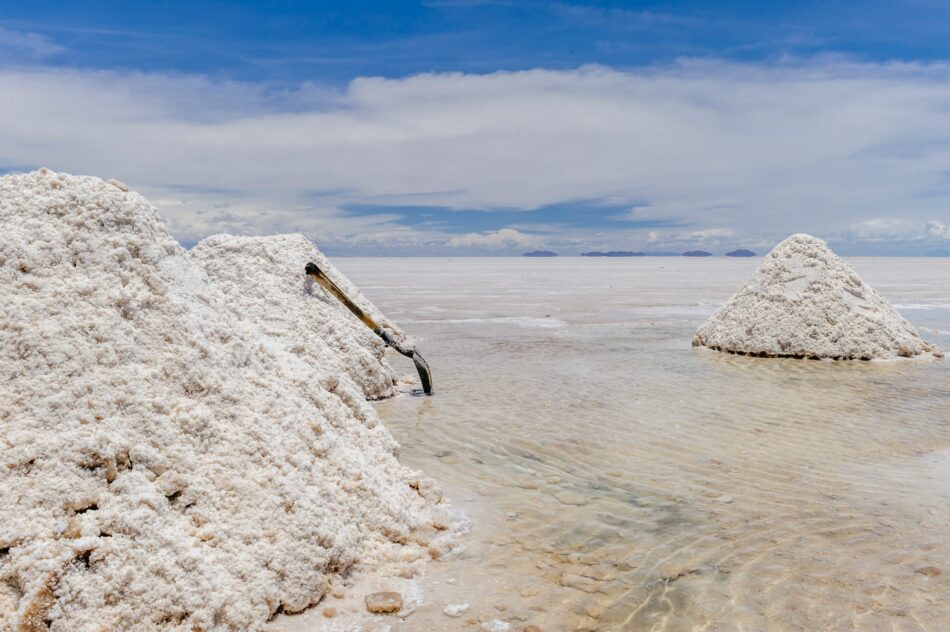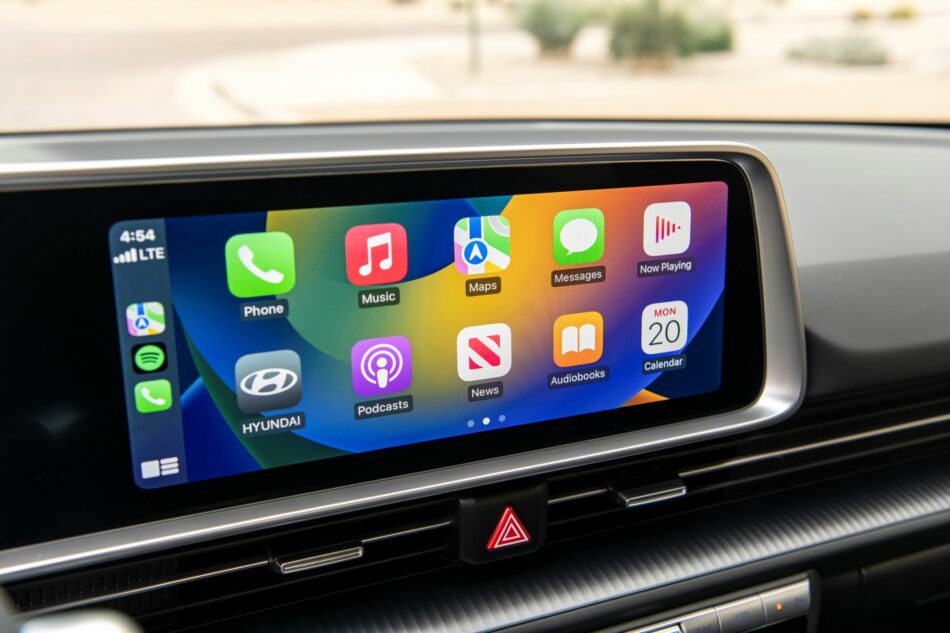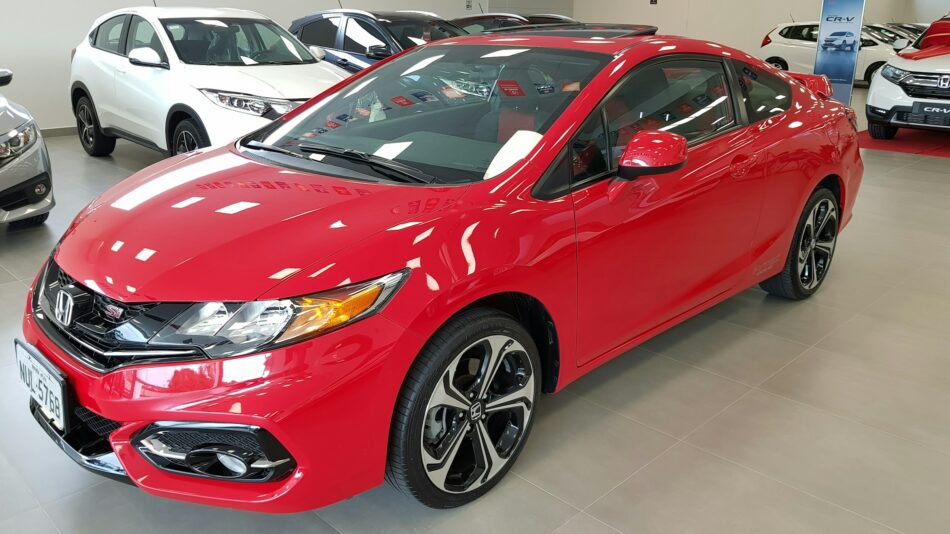As the global push towards electric vehicles (EVs) accelerates, questions surrounding the sustainability of critical raw materials, especially lithium, have become increasingly important. Car makers Tesla and BYD is now locked in a pitch for king of EVs, with other competitors staking their claims to the throne – we are gonna need a lot of Lithium.
The U.S. Geological Survey (USGS) reports an estimated 88 million tonnes of lithium reserves on Earth, a figure that underscores the planet’s wealth in this crucial battery component. Meanwhile, the International Energy Agency (IEA) highlights a booming EV market, with more than 10 million electric cars sold worldwide in 2022, and sales projected to surge by another 35% to 14 million this year.
This burgeoning demand begs the question: does the Earth have enough lithium to support a complete transition from internal combustion engine (ICE) vehicles to EVs?
The Lithium Demand Surge
- Rapid Growth in EV Sales: The transition to electric vehicles is in full throttle, as evidenced by the IEA’s annual Global Electric Vehicle Outlook, which forecasts continued growth in the sector. The move away from ICE vehicles to more sustainable, electric alternatives is a critical step in addressing climate change.
- Technological Innovations: Companies like BYD are at the forefront of developing technologies that could potentially reduce lithium demand per vehicle, thus extending the resource’s lifespan for EV production.
Lithium Reserves and Production
- Global Reserves: According to the USGS, the Earth’s 88 million tonnes of lithium reserves are a testament to the potential for a large-scale transition to EVs. However, this transition is contingent upon efficient extraction and processing technologies.
- Production Challenges: Lithium production is not without its challenges. Environmental concerns, geopolitical tensions, and the technical complexities of lithium extraction and processing can impact the supply chain.
Sustainability and Alternatives
- Recycling Initiatives: The recycling of lithium batteries is a crucial area for development. As the market for EVs grows, so too does the need for effective recycling processes to ensure a sustainable supply of lithium.
- Alternative Materials: Research into alternative materials for batteries could reduce the reliance on lithium. Innovations in battery technology may provide solutions that are less resource-intensive.
The Road Ahead
The question of whether Earth has enough lithium for a complete transition to EVs is complex. While current reserves and ongoing exploration efforts suggest a positive outlook, the sustainability of lithium supply will depend on several factors:
- Efficient Extraction and Processing: Advancements in technology and sustainable practices in lithium mining are essential to meet growing demand.
- Innovation in Battery Technology: The development of alternative battery materials could alleviate pressure on lithium resources.
- Global Collaboration: Addressing the challenges of lithium supply requires international cooperation to ensure fair and sustainable access to this critical resource.
In conclusion, the transition to electric vehicles represents a pivotal shift in our approach to transportation, with lithium playing a central role. While the challenges are significant, the combined efforts in exploration, technology, and sustainability practices hold the key to unlocking a future where EVs are the norm. The Earth’s lithium reserves, if managed wisely, can indeed support humanity’s transition away from ICE vehicles, marking a significant step towards a more sustainable and environmentally friendly mode of transportation.
For further insights into lithium production and the future of electric vehicles, explore these resources:



